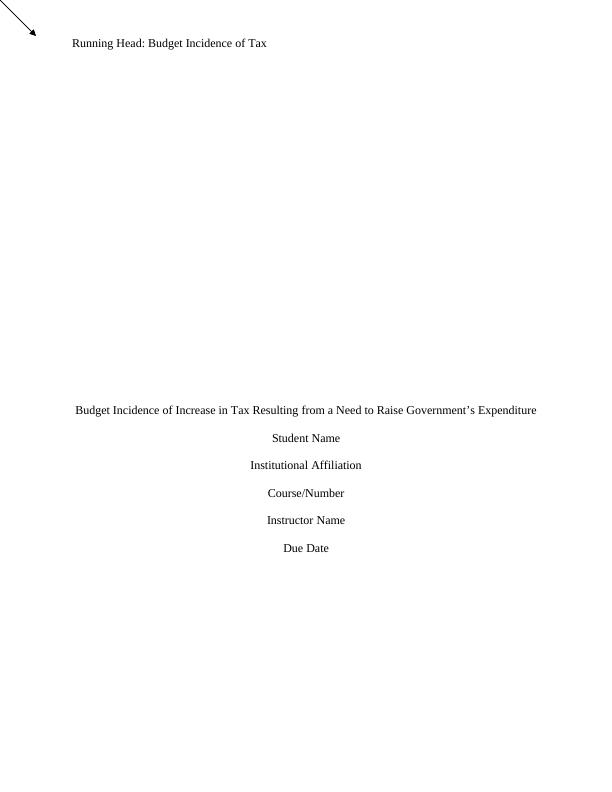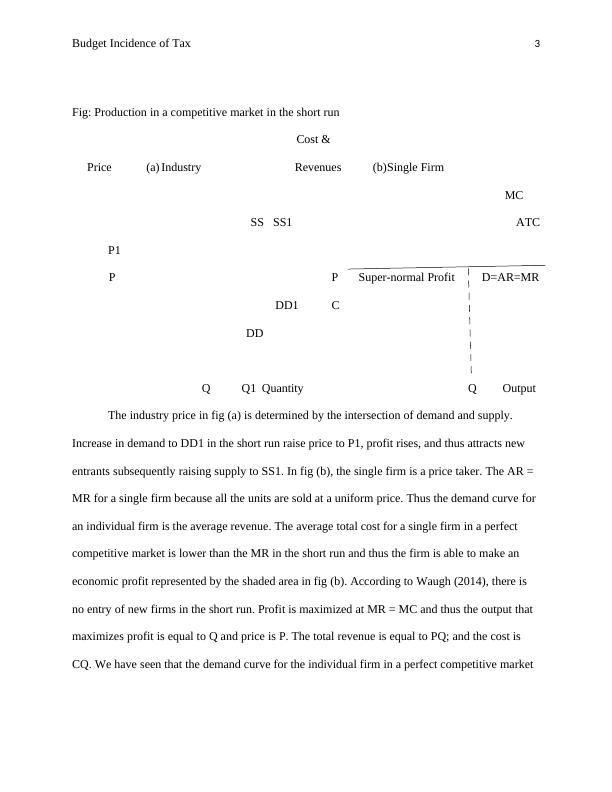Budget Incidence of Tax- Report
Added on 2019-11-26
10 Pages1904 Words206 Views
End of preview
Want to access all the pages? Upload your documents or become a member.
Economics Assignment MBA
|7
|1712
|413
Perfect Competition - Economics Assignment
|5
|1048
|50
Principles of Economics
|13
|2367
|221
Principles of Economics - Assignment
|15
|3302
|132
Monopolistic Competitive Market
|7
|849
|48
The Impacts of Implementing Sugar Tax on the Health of Australia
|6
|1076
|400


